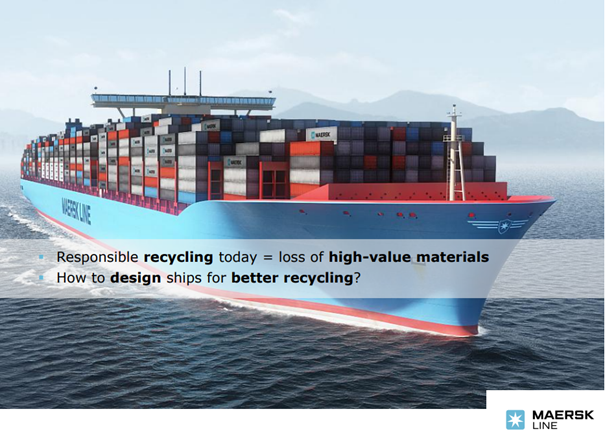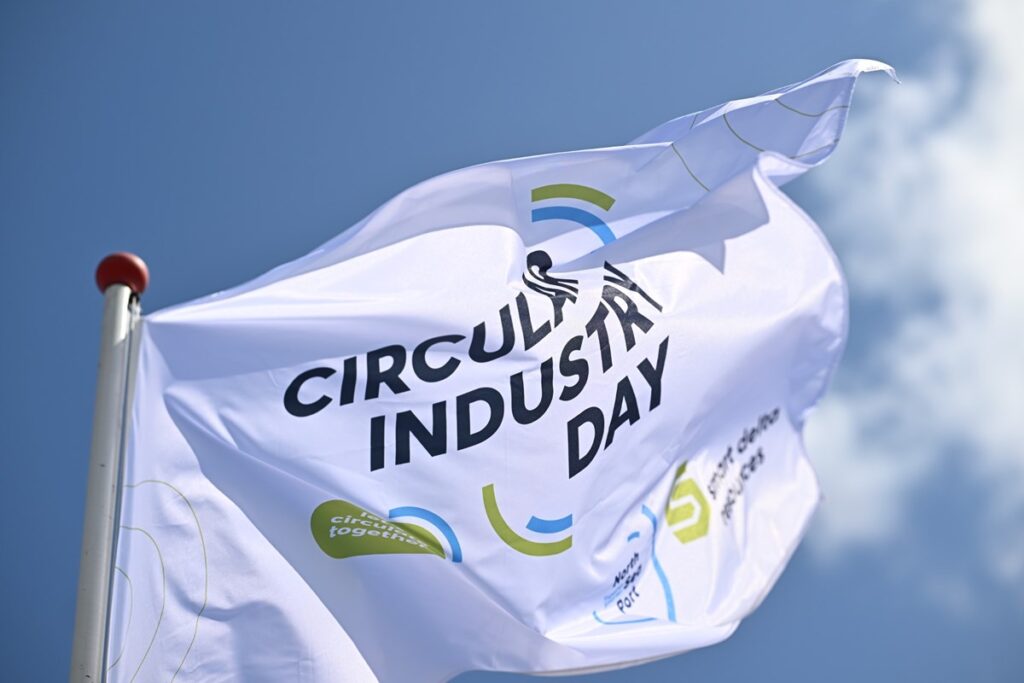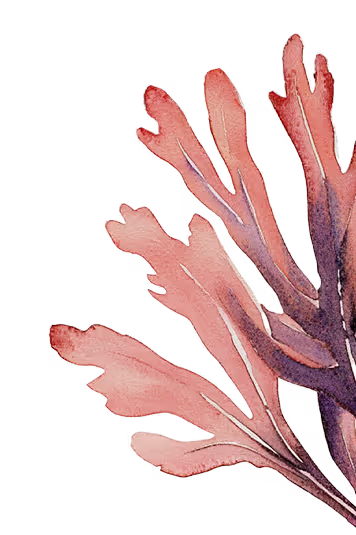By providing a product pasport with their Triple E vessels, Maersk wants to improve the recovery and reuse of shipping steel.
Triple E are a verly large class of container ships, with a capcity of over 18,000 TEUs. When they were first build in 2011, they were the largest container ships in the world, but have since been surpassed. The name Triple E refers to three design principles: economy of scale, energy efficiency and environmental impact improvement. Maersk won the Most Sustainable Ship Operator of the Year award in 2011 for the Triple E design.
In the trade and transport sector, a reliable supply of low-cost steel is very important, as ca. 98% of the volume of a container ship is made of steel. The aim is to be less reliant on iron ore and reduce impact of fluctuating steel prices. Therefore, it is sensible to keep track of the materials during the lifetime of ships, in order to be able to reuse them in due time. Maersk designs their vessles with high value recycling in mind, and provides a cradle-to-cradle poasport to facilitate the actual recycling proces at the ship’s end-of-life phase. Part of the scrap can be reused, part of it will be sold and becomes an additional source of revenue.
By creating the digital product pasport that is flexible, manageable, and can be maintained throughout the 30-year lifetime of a ship, there is an improved understanding of the composition of the vessel when it enters the recycling yard. As a result, the materials – including the 60,000 tonnes of steel per ship – can be sorted and processed more effectively, maintaining their inherent properties and value.
Source and photo credit Ellen McArthur Foundation



